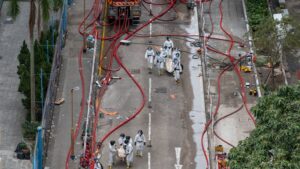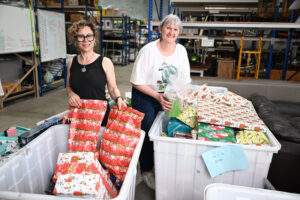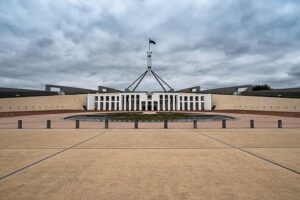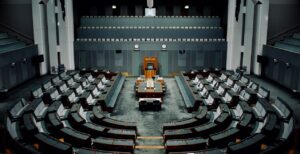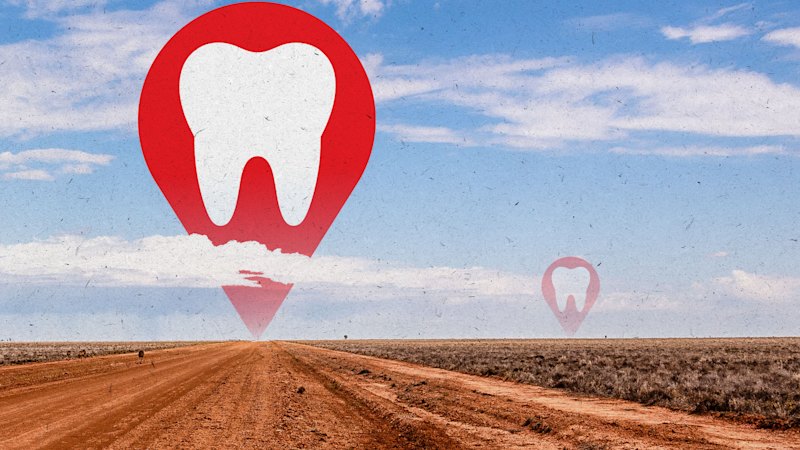
Dental conditions are the leading cause of preventable hospitalisations in New South Wales (NSW), costing the public and private health systems approximately $147 million annually. New research highlights that children aged nine and under are particularly vulnerable to hospital admissions due to tooth decay and cavities. This alarming trend is compounded by the existence of vast “dental deserts” across the state, where some residents must travel nearly 300 kilometres to access a dentist for preventative check-ups.
The study, conducted by consultancy firm Mandala and commissioned by the NSW Council of Social Service, elucidates the increasing burden on the health system resulting from inadequate access to dental services. The report reveals that in regional areas, the distances patients must cover to receive care have created significant barriers. While the situation is most severe in western NSW, residents in certain parts of the South Coast also face daunting journeys of nearly 100 kilometres for dental examinations.
According to the research, preventable hospitalisations due to dental conditions have surged by an annual rate of 3 percent, outpacing the population growth rate of 1 percent. The report warns that if both state and federal governments do not implement measures to reduce these hospitalisations by 2033, NSW could see an annual cost escalation to $212 million, marking a 44 percent increase from current expenditures.
Conditions leading to potentially preventable hospitalisations include tooth decay, gum disease, and oral cysts, among others. Mandala’s findings also reveal that approximately $55 million of the current $144 million healthcare expenditure is allocated to children, who are most at risk. Dental caries, or tooth decay, is noted as the most prevalent childhood disease, being five times more common than asthma.
Cara Varian, CEO of the NSW Council of Social Service, emphasized the urgent need for equitable access to dental care, stating, “Timely access to appropriate dental care should not depend on your postcode or parents’ pay packet.” She pointed out that young children are the most frequent hospitalised demographic for dental issues, followed closely by older individuals and First Nations communities, who face significant challenges in accessing check-ups.
The low uptake of the federal Child Dental Benefits Schedule (CDBS), currently at just 35 percent, reflects broader cost-of-living pressures. Varian noted that many families are deterred from visiting dentists due to concerns about potential future costs associated with dental work.
Efforts to expand the NSW Primary School Mobile Dental Program, which provides free basic dental care to primary students in participating public schools, are seen as crucial steps toward improving access to dental services. Varian commented on the program’s significance, stating it plays a vital role in addressing the dental care gap for children.
Kristi Davis, mother of nine-year-old George and seven-year-old twins Imogen and Addison, shared her positive experience with the mobile dental service at her children’s school in Ashcroft. She noted the program’s convenience for working parents: “For working mums, it is often hard to book appointments and go to the appointment, but with the bus, they just go during school time and it makes it so much easier.”
Davis highlighted that the dental bus has transformed the way her children perceive dental visits. Initially apprehensive, George and the twins grew excited about the idea of seeing the dentist alongside their friends. “I feel like the school dental program is much more popular with kids than just going to the dentist because they are all together, and it’s more educational,” she explained.
As NSW grapples with this pressing public health issue, the need for sustainable solutions to address dental access is clearer than ever. The combined efforts of government initiatives and community programs may hold the key to reducing the growing burden of dental-related hospitalisations in the region.
